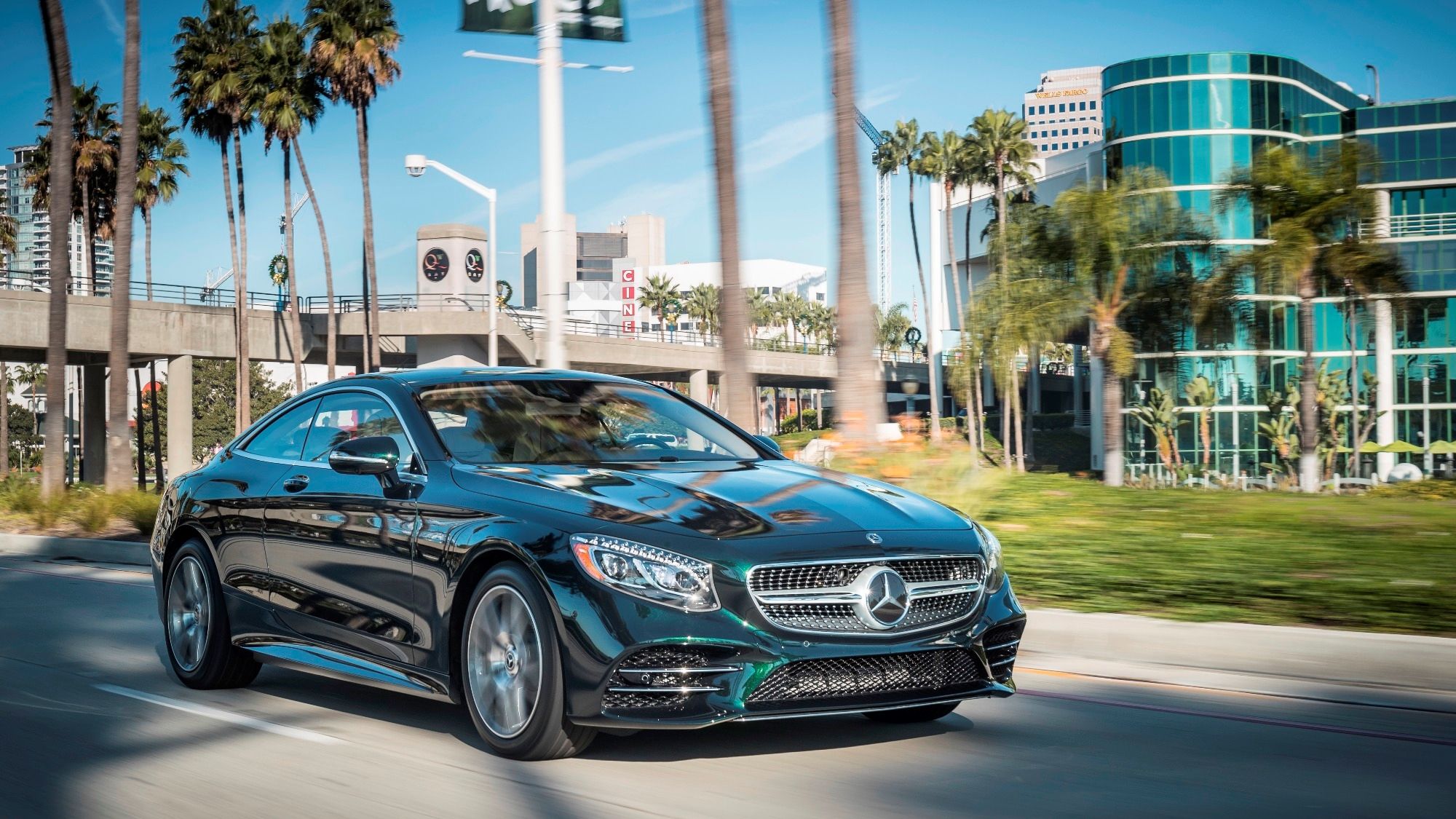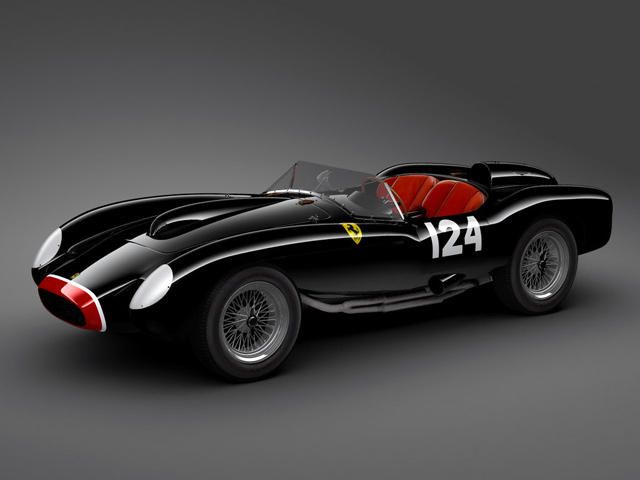
A note before starting the article: Writing about world records such as these can be difficult. Sometimes the actual price paid won't be revealed, and sometimes a car will sell for a record amount during a period of economic prosperity and then a fraction of this price during an economic downturn, knocking it off the list. There have also been private sales which could rival many of the prices seen here, but we're sticking to auctioned cars here. Lastly, a Ferrari 250 GTO recently broke the records you will see here.
However, since it has been written about extensively in the recent past, we have decided to skip it. The list you see here is of cars which have steadily increased in value, and their most recent sale price is the one considered for the record. Numbers 1,2,3 and 7 on the list are all essentially the same car. The 1957 250 Testa Rossa is its early racing version, the 250 GT SWB Spider was a road-going convertible, mechanically almost identical, and the 330 TR/LM Spider was a one-off Le Mans winner which was simply a 250 Testa Rossa with a bigger engine. The Ferrari 250 has everything you want in a collector's car.
It's Italian, has a racing history from Ferrari's glory days of racing and is extremely rare. The 250 Testa Rossa wasn't the first car to wear the name Testa Rossa, but the combination of the name and the 250 bloodline make it (with the exception of the recent 250 GTO) the most expensive car ever sold at auction. In fact, so desirable is the 250 Testa Rossa that it occupies both the number one and number two slots on the record books. The chassis and body of the car were related to Ferrari's four-cylinder cars like the 500 TR. The four-cylinder engines had their valve covers painted red, and the "TR" attached to the name stood for "testa rossa", simply "red head".
But the new car was special, it was intended for top-echelon racing, and would have a 3.0-liter V12 under the hood. Therefore, for the 250, the full words Testa Rossa were used, rather than abbreviated. It is perhaps best to explain here that, in these days, Ferrari used unitary displacement, rather than total engine displacement, to name their cars. This means that it was the displacement per cylinder that was part of the name, and the total engine displacement could only be known if you knew how many cylinders the engine had.
Thus we have a car called 500 TR with a 2.0-liter engine, one called 250 with a 3.0-liter engine, and one called 330 with a 4.0-liter engine. This idea of putting a bigger V12 into a small car intended for a four-cylinder paid off. The 250 Testa Rossa would become one of Ferrari's most successful racecars of all time, winning the 24 Hours of Le Mans four times. Few cars in the history of La Sarthe can make such a claim, and the 330 GT Spider was also the last front-engine car to take the title before the race was completely taken over by mid-engine cars.
The elegant body of the 250 Testa Rossa, with its pontoon fenders, was designed by Sergio Scaglietti, and was one of the designs of which he was most proud. The design was heavily influenced by F1 cars at the time, and the big fenders would help channel air to the brakes in order to cool them. The true 250 Testa Rossa was only produced from 1956 until 1959, after this, a new Pininfarina design was adopted, which changed to a more conventional and aerodynamic design, replacing Scaglietti's pontoon-fender design. This was the body style which the California and 330 GT would use.
This new design was one with which Ferrari won many races, and a loophole in the 1962 FIA rules allowed a bigger 4.0-liter V12 to be fitted, creating the Le Mans winning 330. All told, only 34 Testa Rossa cars were made, even though they were available to privateer teams and conformed to SCCA and CSI racing regulations. It is therefore easy to see why the car's rarity has made it so valuable. Interestingly, especially when it comes to the earlier cars, the 250 wasn't a particularly sophisticated machine. Many of the cars it was racing against made use of much newer technology, although the lightweight Colombo V12 did give something of an advantage.
But this wasn't of much concern to Ferrari Since the car was designed as an endurance racer, durability had been a priority, and in the end it proved that the new technology on the other cars was as yet too untested on the track, and the 250 beat any number of more advanced cars time after time. The drum brakes and live rear axle on the Testa Rossa would become hopelessly outdated in just a few years, but it was on this car that they had their last hurrah in top-tier racing. By 1963, when you said "250" in connection to Ferrari racers, you were talking about the 250 P, a new mid-engine design which won at Le Mans that year.
These would be the cars which would go on to be famously beaten by the Ford GT40, but the '57 250 Testa Rossa is massively important to the history of Ferrari. This was the car which broke Jaguar's D-Type winning streak in the mid-fifties, and would start Ferrari off on the six consecutive win streak in the early sixties, more than any manufacturer other than Porsche, who had seven. This history is undeniably a part of what makes the car so valuable, as well as its rarity, but it is important to remember that the 250 Testa Rossa is also very, very beautiful.
Although the 250 was the first really successful car in Ferrari's history, the 250 GT California Spider is one of the rarest variants of it, and this, along with the aforementioned beauty, has also secured it a place on this list Lastly, the 330 TR/LM is a one-off that won the 24 Hours of Le Mans, that pretty much tells you all need to know about why it's valuable.

